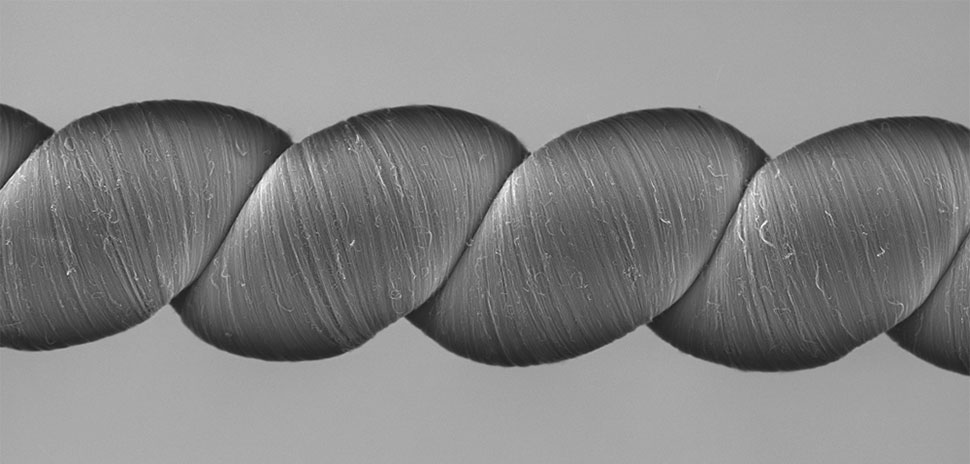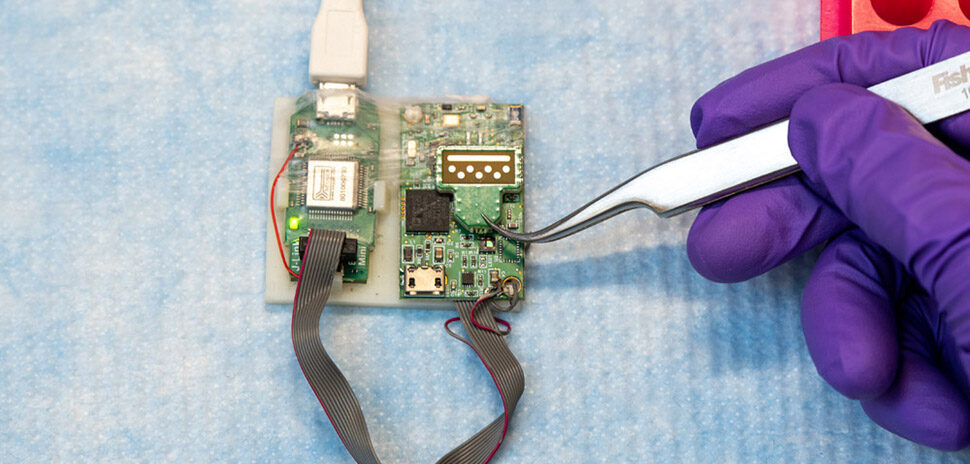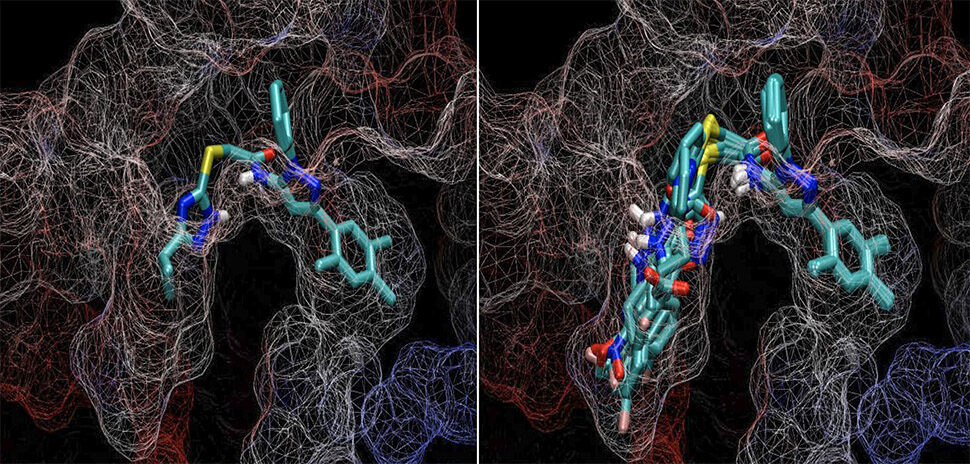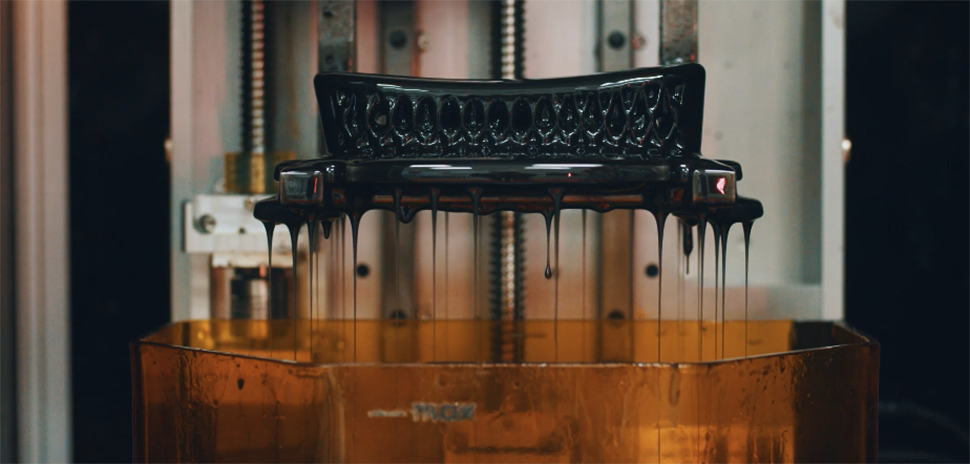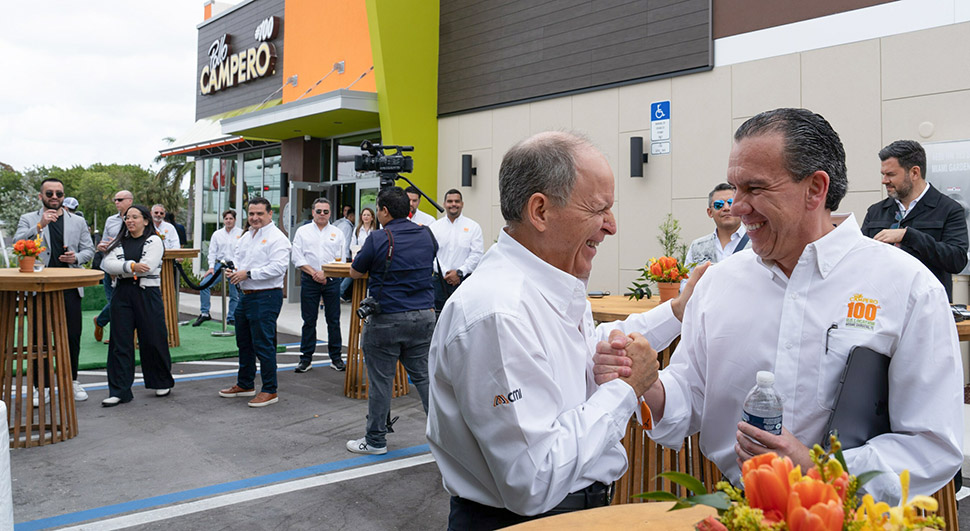A discovery by a research team from the University of Texas at Dallas and Hanyang University in South Korea is really a stretch, and a twist, and a potentially important way to generate electricity.
In the Aug. 25 issue of the journal, Science, the researchers described the high-tech “twistron” yarns they developed, along with the possible applications for them — harvesting energy from the motion of ocean waves or from temperature fluctuations.
UTD said when the yarns were sewn into a shirt, they could serve as a self-powered breathing monitor. They also could power something such as a small LED light, for example.
“The easiest way to think of twistron harvesters is, you have a piece of yarn, you stretch it, and out comes electricity.”
Carter Haines
“The easiest way to think of twistron harvesters is, you have a piece of yarn, you stretch it, and out comes electricity,” Carter Haines, associate research professor in the Alan G. MacDiarmid NanoTech Institute at UTD and co-lead author of the article, said in the release.
Other UTD team members include Shi Hyeong Kim and Nai Li.
The Science article also includes researchers from South Korea, Virginia Tech, Wright-Patterson Air Force Base and China.
So what are these unique yarns?
They are constructed from carbon nanotubes — hollow cylinders of carbon that are 10,000 times smaller in diameter than a human hair, the university said.
First, the researchers twist-spun the nanotubes into high-strength, lightweight yarns, and then introduced so much twist that the yarns coiled like an over-twisted rubber band.
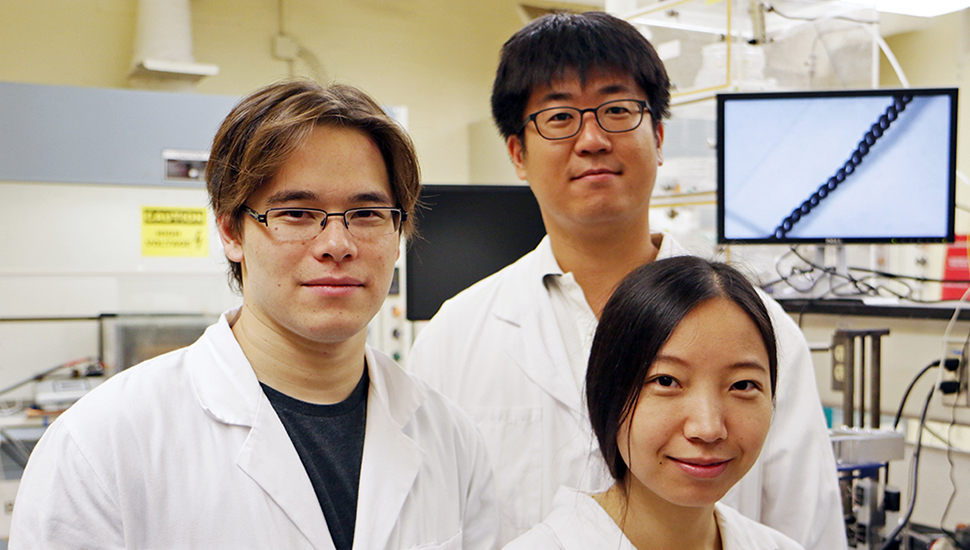
Dr. Carter Haines, left, with Shi Hyeong Kim and Nai Li of the Alan G. MacDiarmid NanoTech institute at UTD are lead authors of a study describing carbon nanotube yarns that generate electricity when they are stretched or twisted. [Photo courtesy of the University of Texas at Dallas]
Then to make them generate electricity, the yarns must be submerged in or coated with an ionically conducting material, or electrolyte. That could be something as simple as table salt and water, the university said.
“Fundamentally, these yarns are supercapacitors,” said Li, a research scientist at the NanoTech Institute and co-lead author of the study. “In a normal capacitor, you use energy — like from a battery — to add charges to the capacitor. But in our case, when you insert the carbon nanotube yarn into an electrolyte bath, the yarns are charged by the electrolyte itself. No external battery, or voltage, is needed.”
Once the harvester yarn is twisted or stretched, the carbon nanotube yarn’s volume decreases, bringing the electric charges on the yarn closer together and increasing its energy, Haines said.
“Fundamentally, these yarns are supercapacitors.”
Nai Li
That increases the voltage associated with the charge stored in the yarn enabling electricity to be harvested.
Ray Baughman, director of the NanoTech Institute, said that stretching the coiled “twistron” yarns 30 times a second generated 250 watts per kilogram of peak electrical power when normalized to the harvester’s weight. Baughman is a corresponding author of the study.
“Although numerous alternative harvesters have been investigated for many decades, no other reported harvester provides such high electrical power or energy output per cycle as ours for stretching rates between a few cycles per second and 600 cycles per second,” Baughman said.
Dallas Innovates, every day
One quick signup, and you’ll be on the list.










